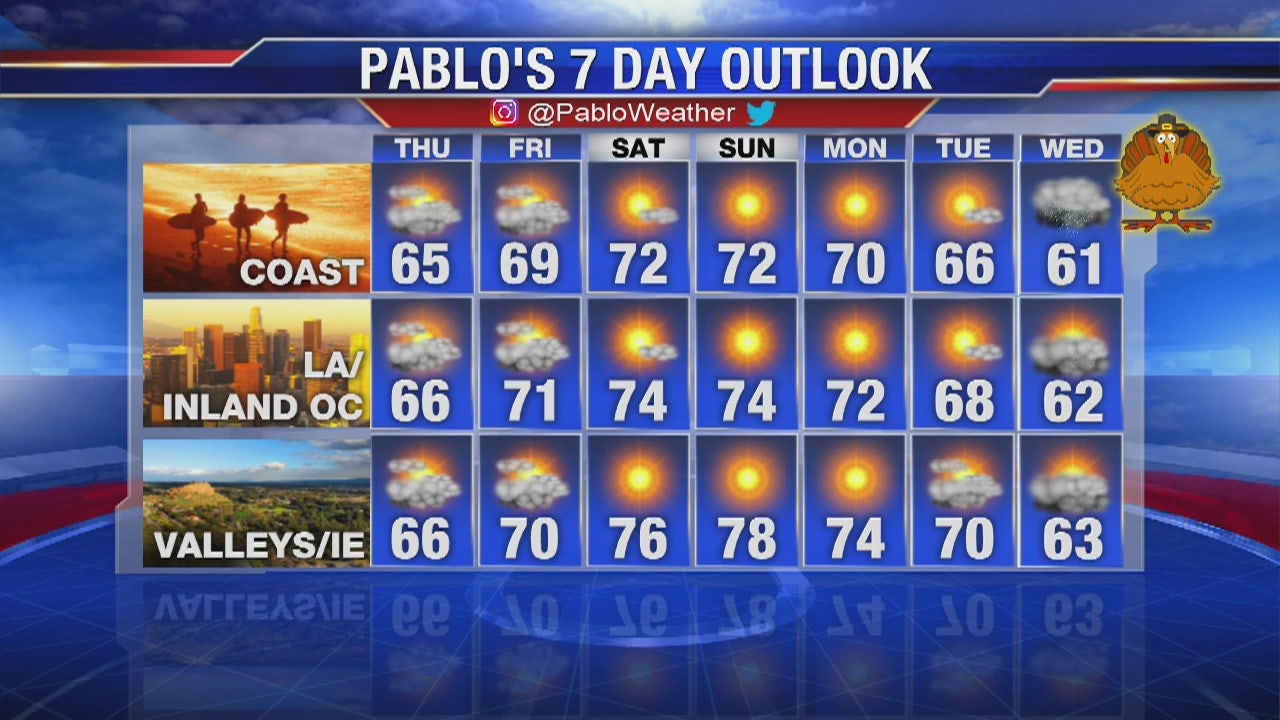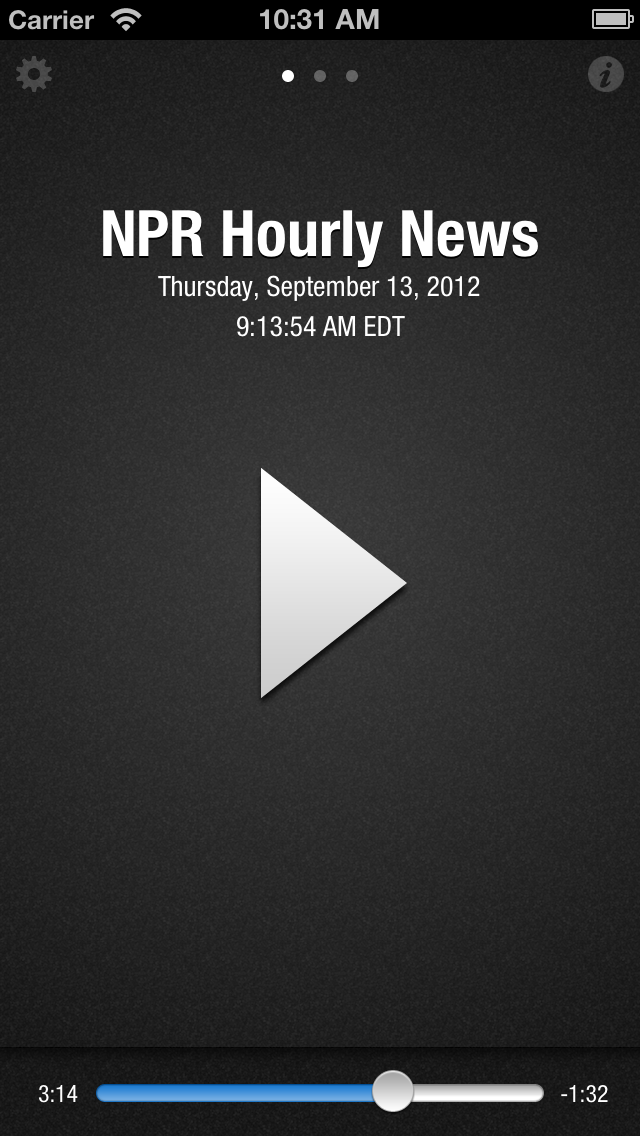

And they did - you know, there was good, old-fashioned, solid journalistic ethic, with the whole evolving technology evolving story in front of you. But up until then, the news had been the star. You know, eventually, Rupert Murdoch, Roger Ailes came along and started Fox News, which changed the entire equation. Napoli: Well, actually, it was fine until there was competition. The middle of the road hadn’t worked out for many years for CNN. News really became sports.īrancaccio: And it’s become clear that the bigger money in cable news is the cable news where there’s a political leaning of some sort. And the viewers are watching it along with you, like a sporting event. Nor are you fact-checking, you’re just letting it happen. But if you’re on every 15 minutes with a live hit, you’re not even writing a first draft of history. News became the story itself, for better or for worse, and of course, that was accelerated even more by the internet.īrancaccio: Yeah, the question is quality, right? Because even when you had a daily newspaper, it was then considered the first draft of history. Look at what these 300 people who started CNN created back in 1980. And that’s why this story, even if you’re not into history, is so relevant today. The founding president of CNN, Reese Schonfeld, said he wanted people to watch news unfold. And this is one of the fundamental shifts, not just of media, but of society, I guess. But what you have to realize is before cable news and the likes of CNN, you often had to wait until evening if you wanted to see moving pictures of what’s going on. Now here we are, 40 years later, the internet pumps the news 24/7. And of course, you.īrancaccio: Yeah, I know. So they elevated it to a new level, long before CNBC came on and made it a 24-hours affair. Those guys, the business reporters who existed - and there were very, very few in television - would only maybe get one or two hits a week. Was there news that was worth 24 hours, and would people watch it? And so one of the ingredients was financial news, which was basically, as Myron Kandel said, the vast wasteland on network news. Napoli: Yes, and Myron Kandel, who was a well-known financial columnist, Stuart Varney, they started “Moneyline.” You know, when they started CNN, they didn’t know what the heck they were going to do to fill the time. But I remember the young Lou Dobbs looking, I don’t know, almost dashing on the business news back then. I will say the “Nightly Business Report” on PBS television predates CNN “Moneyline” by about a year or so. And, of course now it’s a whole different animal.īrancaccio: Now CNN was early into business news. So it’s only in our lifetime, those of us who are a little bit older, that we’ve seen cable become a force. And somebody, a bunch of guys who were really smart, including Ted Turner along the way, recognized that you could make this a bigger and splashier affair.
#Cnn hourly news tv#
It was just a way, if you lived in the hinterlands and couldn’t get broadcast TV nearby, that you could get those signals. Napoli: It’s so important to remember - and we forget this now that our iPhone is a TV studio in our hands - that cable was just a utility. And this is one of this entrepreneur, Ted Turner, it was one of his insights. It wasn’t like the whole thing was linked up. And news just seemed the cheapest way to get into the business.īrancaccio: And he got the overnight crowd there for a bit.īrancaccio: And remember what cable TV used to be: extremely localized in a certain region. He wasn’t so into news, but he was into the idea of experimenting with this concept. But it was basically a way for Ted to make use of this very sexy new technology, which is marrying the cable with the satellite. Lisa Napoli: Well, Ted Turner was an insomniac himself. The following is an edited transcript of their conversation.ĭavid Brancaccio: So what was the CNN thing originally? News for insomniacs?

Lisa Napoli, writer and author of “ Up All Night: Ted Turner, CNN, and the Birth of 24-Hour News,” joined “Marketplace Morning Report” host David Brancaccio to trace the network’s history. What was once a small outfit based in Atlanta has grown into a giant of cable television.ĬNN launched in June 1980, when Georgia entrepreneur Ted Turner figured out that, using satellite distribution, you could make local cable TV go national and, ultimately, international.ĬNN was in third place for viewership, according to Nielsen, this week, behind the top contender, Fox News, and second-place MSNBC. The 40th birthday of the Cable News Network, CNN, came and went on June 1.


 0 kommentar(er)
0 kommentar(er)
